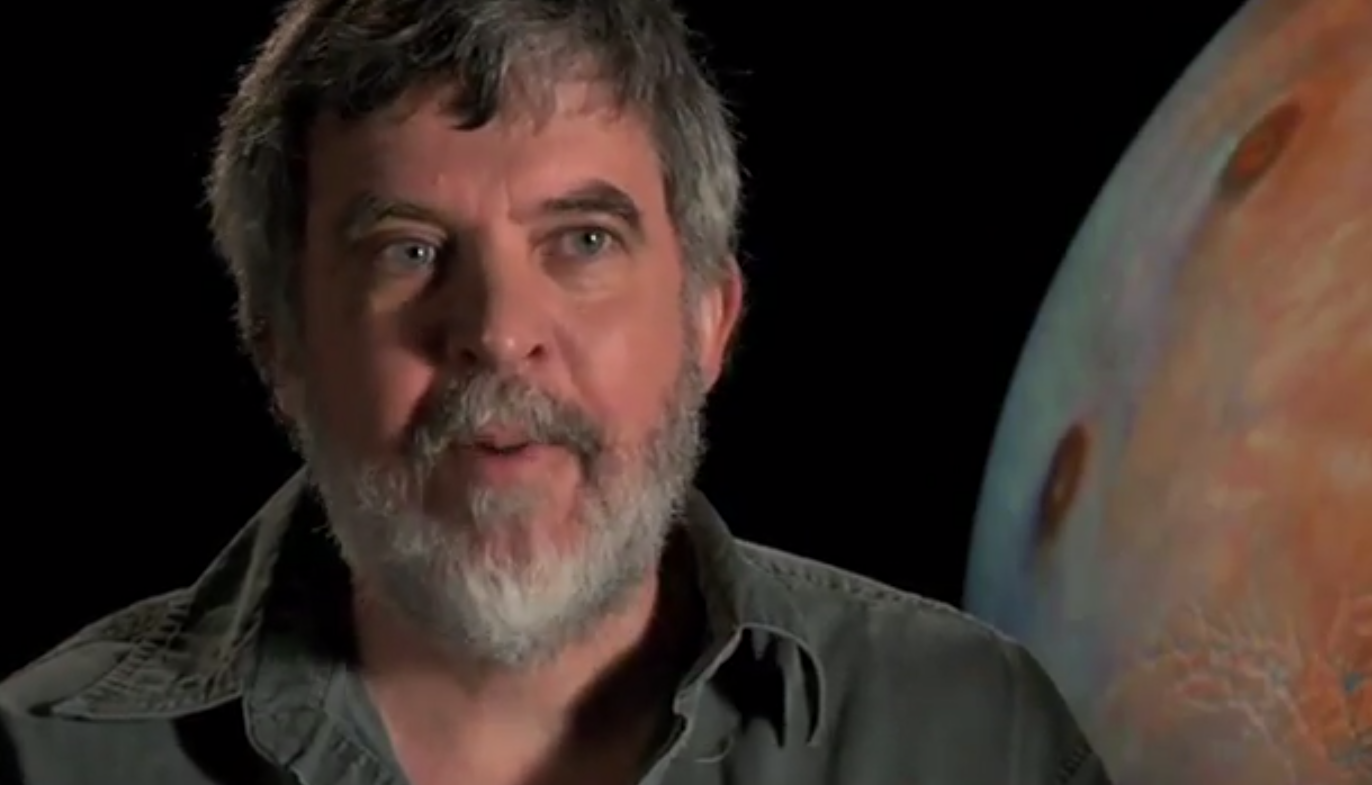
Paul Mahaffy
Planetary Scientist
I'm interested in the questions of how planetary environments (including their atmospheres and surfaces) have changed over time. I am especially interested in the "big" unanswered question: "Is there, or was there, life in our solar system anywhere other than planet Earth? If the answer is YES, then maybe the chances could seem more favorable for life on all the planets being found around other suns.
I consider myself greatly privileged to have the opportunity to participate in planetary science and exploration during a time in human history when our knowledge of the solar system is exploding. Robotic tools (such as the mass spectrometers that we develop at NASA's Goddard Space Flight Center (GSFC) and send to the planets, their moons and small bodies such as comets and asteroids help make detailed environmental studies possible. These studies can help us to eventually answer the big questions.
Early in my career here at GSFC it was the Galileo probe into Jupiter's atmosphere. This probe was a big challenge to develop and it took years to get to Jupiter -- all for less than one hour of data as the probe parachuted down into the Jovian atmosphere. But, wow, was it exciting when it got there and definitely worth the wait. The probe with our mass spectrometer sniffing away at the atmosphere sent back data that helped refine our understanding of how Jupiter formed in the past. As with all successful missions, Galileo's results raised additional questions. We hope to answer some of these questions with the Juno mission.
I am the lead for Mars Science Laboratory's (MSL) investigation of the atmosphere and gases released from soils and rocks (one of 10 experiments on the Curiosity rover). After Curiosity's landing on Mars in August 2012, we spent months working on "Mars time" (about a 40-minute change each Martian day or sol from that of Earth-time). We are still busy every week with new data and discoveries from Mars.
I am also on the MAVEN mass spectrometer team (launch late in 2013 and arrival at Mars in 2014). MAVEN will orbit Mars and measure the composition of the atmosphere. We hope to use data from the MAVEN instruments to help understand how much of the atmosphere of Mars might have been lost to space or to the surface. Was Mars a much more habitable environment early in its history?
I worked on the mass spectrometer that is in orbit at the Moon onboard the LADEE spacecraft.
The moon has a very thin atmosphere. From studying this thin atmosphere we can learn how it is produced and how it changes over time. This also informs our studies of many similar environments in our solar system. The physical models that we get to check by using our data from the LADEE orbiter will help validate these models for other such bodies such as the icy moons of the giant planets.
Really it is working with very talented, dedicated and creative engineers, technicians and scientists who make these instruments and missions possible. It is amazing what can be done when everyone pulls together. There are many different technical and scientific skills that are needed to plan and implement the planetary missions that we work on, so there is room for a lot of diversity in this fun but serious business of planetary exploration.
Planetary science is a global profession.

